Your cart is currently empty!
Tag: CannabisCultivation
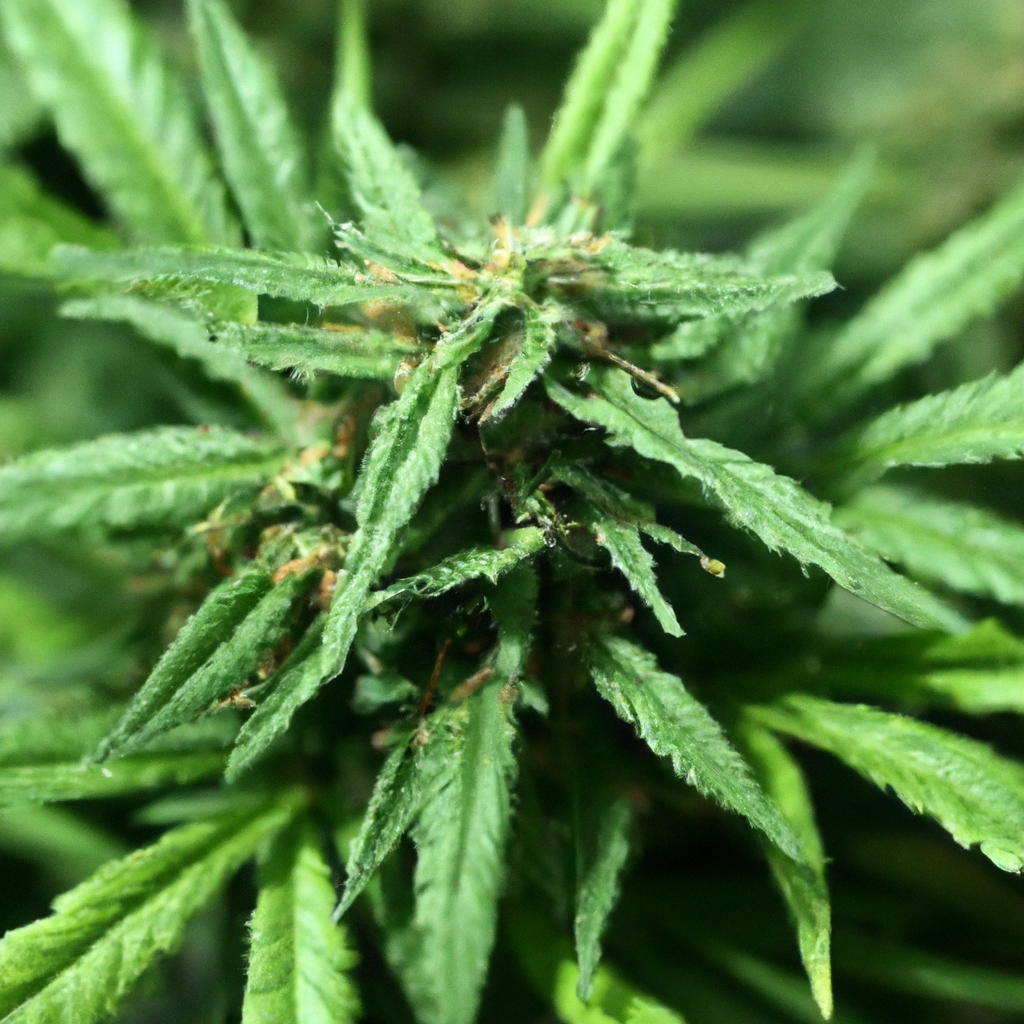
As cannabis demand rises, cultivators increasingly turn to organic methods to satisfy consumer preferences for sustainability and purity. Organic cannabis cultivation nurtures the environment and produces high-quality buds through practices like building healthy soil ecosystems, using natural fertilizers and pest control, and implementing sustainable growing practices. By avoiding synthetic chemicals and focusing on natural methods,…
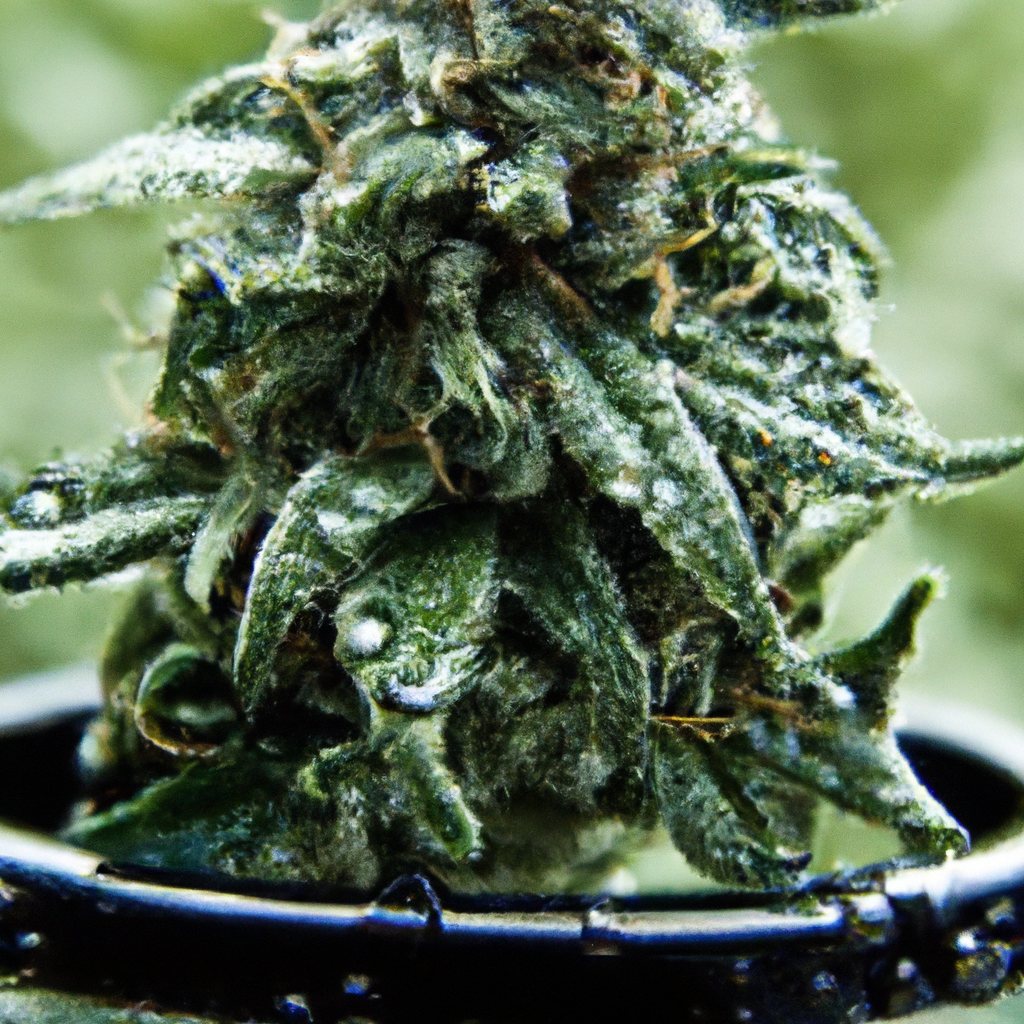
Water quality is a critical yet often overlooked aspect of cannabis cultivation, directly influencing plant growth, health, and yield. This article highlights the significance of water filtration, exploring various methods such as activated carbon filtration, reverse osmosis, distillation, and UV purification. Each method has its advantages and challenges, making the choice dependent on factors like…
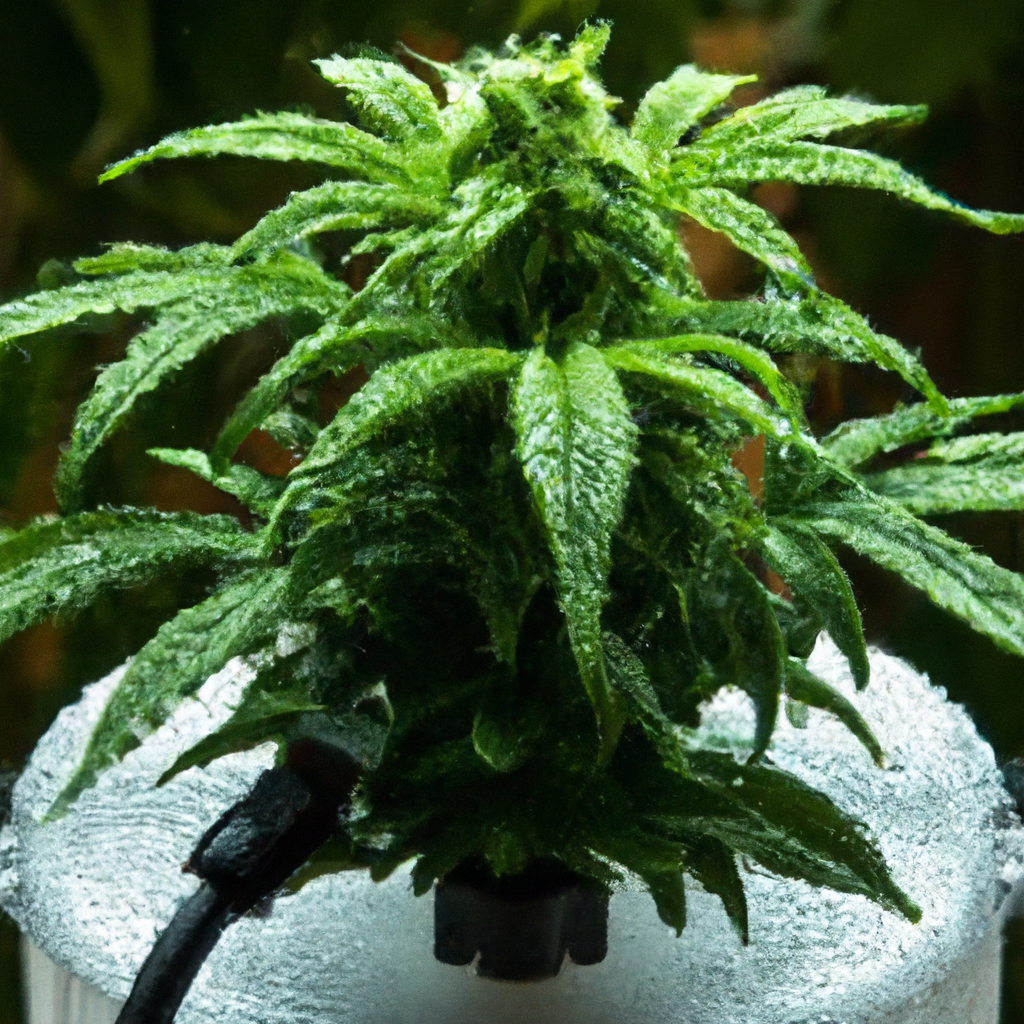
Mastering proper irrigation is crucial for successful cannabis cultivation. This guide delves into understanding plant water needs and advanced techniques like drip irrigation, capillary matting, and wicking systems to optimize water usage. Achieve healthy growth by balancing pH levels and nutrients, and troubleshoot common issues such as root rot and nutrient lockout. Enhance your cannabis…
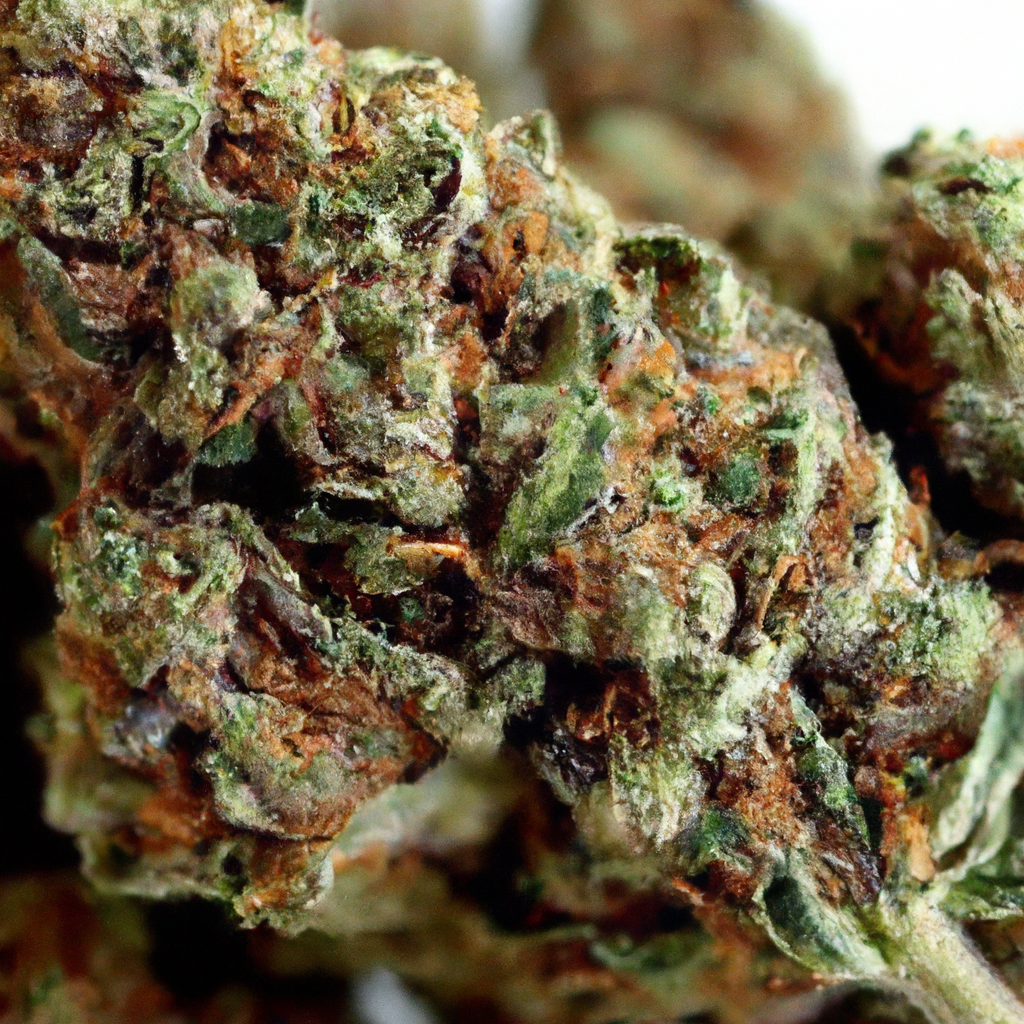
Purple Majestic captivates cannabis enthusiasts with its stunning appearance and potent effects. This indica-dominant hybrid, derived from Purple Diesel and Skywalker OG, boasts deep purple buds and a sweet, earthy aroma enriched with grape and berry notes. Ideal for evening use, it provides calming effects and therapeutic relief from pain, stress, and insomnia. Cultivating Purple…
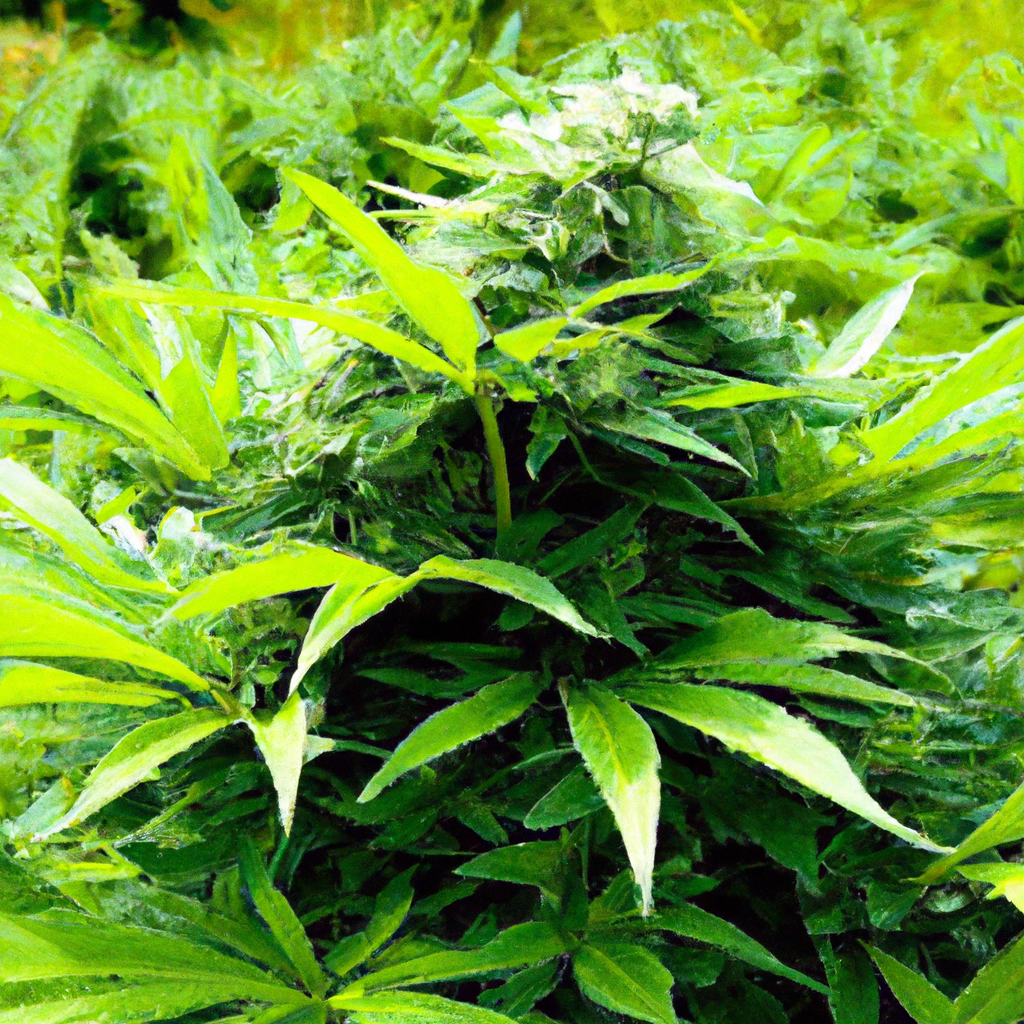
Outdoor cannabis cultivation offers a rewarding experience by utilizing natural environmental advantages, though it presents distinct challenges compared to indoor growing. Success largely depends on choosing the right location with ample sunlight, adequate wind protection, and high soil quality. Effective planting strategies, such as companion planting and proper spacing, enhance plant health and yields. Pest…
Gorilla Zkittlez is a hybrid cannabis strain offering a perfect blend of flavor and potency, appealing to both indica and sativa enthusiasts. A cross between Gorilla Glue and Zkittlez, it boasts a rich cannabinoid profile and a unique aroma blend of earthy and candy-like notes. Its effects include a euphoric mental lift that fosters creativity…
Mastering canopy management is vital for optimizing cannabis growth and yield. This blog post details essential techniques like topping, ScrOG, and low-stress training (LST) to ensure efficient light penetration and healthy plant development. It addresses common challenges, such as overcrowding and uneven light distribution, offering practical solutions like spacing adjustments and improved airflow. Success hinges…
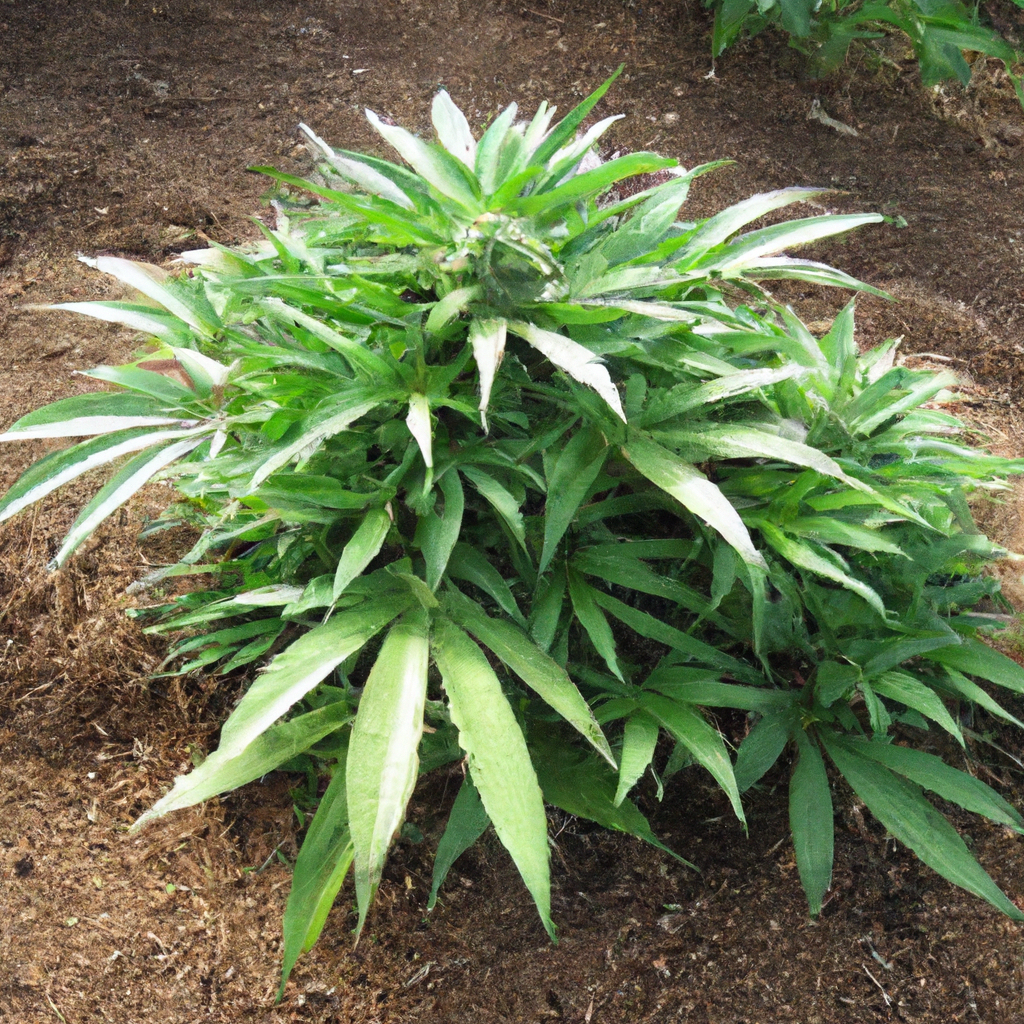
Introducing organic cannabis cultivation provides a sustainable method for producing high-quality cannabis without harmful synthetic chemicals, promoting both environmental health and consumer well-being. This article explores how to enhance soil health using composting, cover crops, and crop rotation, nourish plants with natural fertilizers like animal manure and kelp meal, and manage pests through eco-friendly tactics…
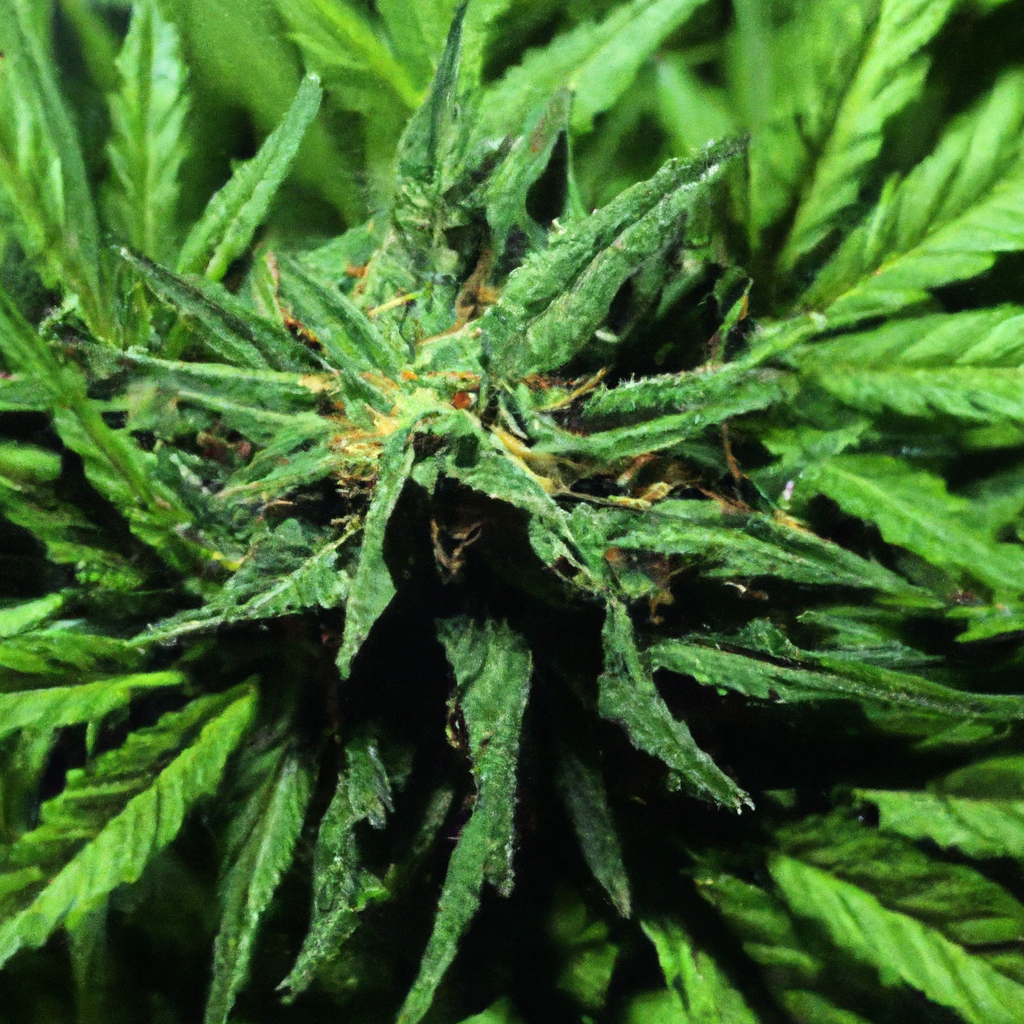
As the cannabis industry grows, adopting sustainable cultivation practices is crucial for both the environment and product quality. This article explores eco-friendly cannabis farming strategies, including maintaining soil health, effective water management, and using renewable energy. By implementing organic growing techniques, integrated pest management, and efficient resource management, growers can enhance product quality and reduce…
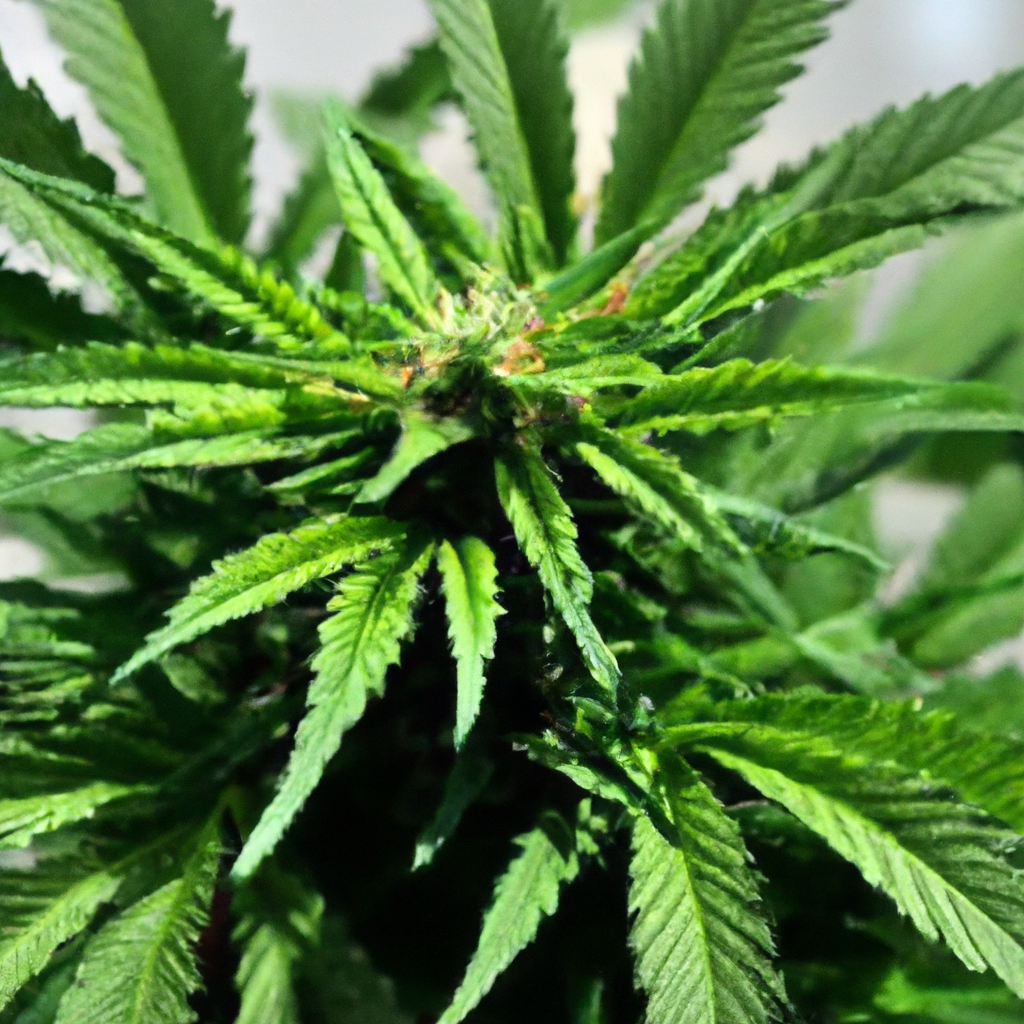
The health and vigor of cannabis plants are heavily influenced by their nutrient balance. Recognizing and addressing nutrient imbalances, which manifest through symptoms like discoloration and growth issues, is key to maintaining plant health and maximizing yields. Imbalances can be deficiencies or toxicities, impacting plant health differently. Common deficiencies include nitrogen, phosphorus, and potassium, each…
